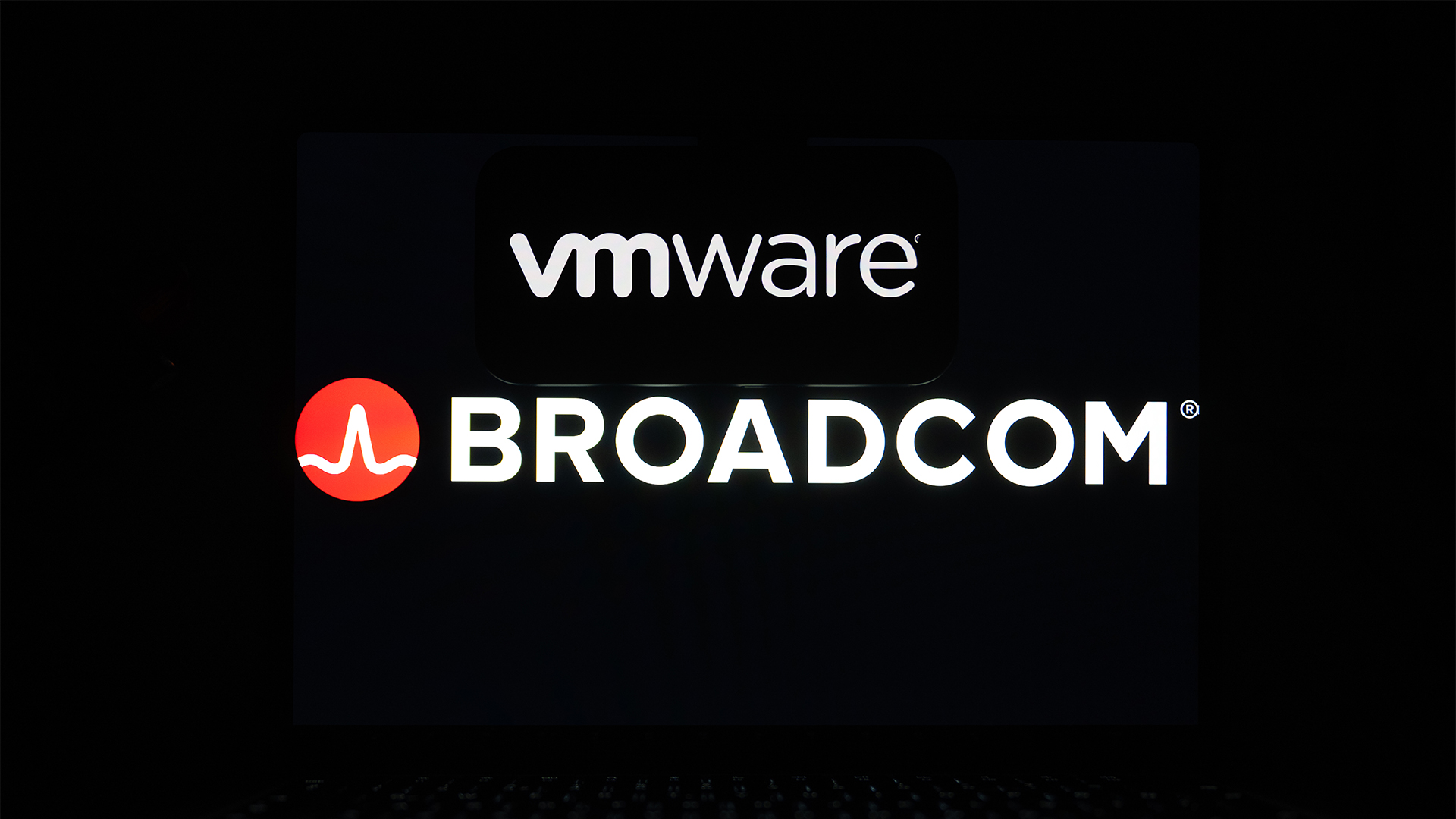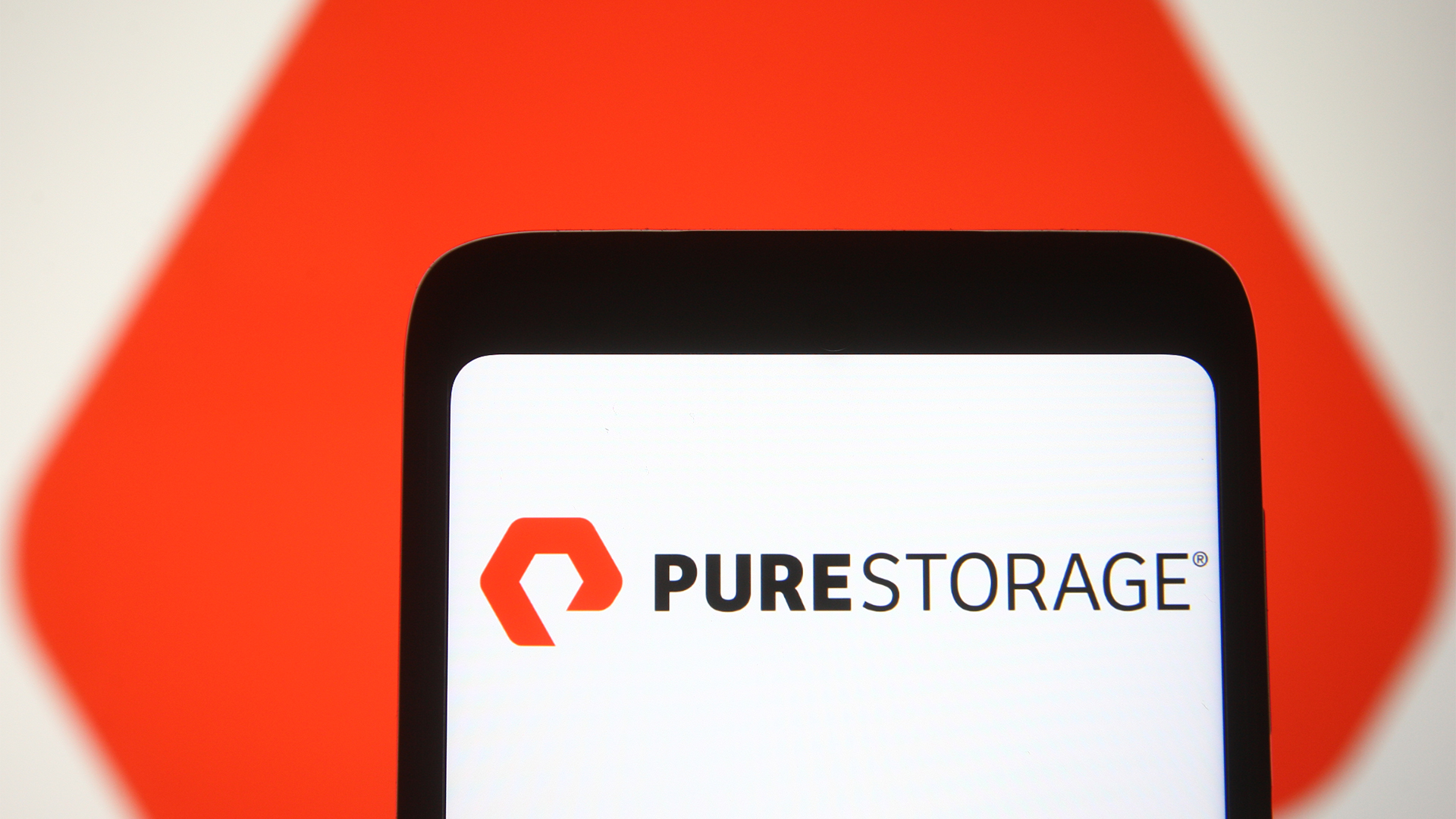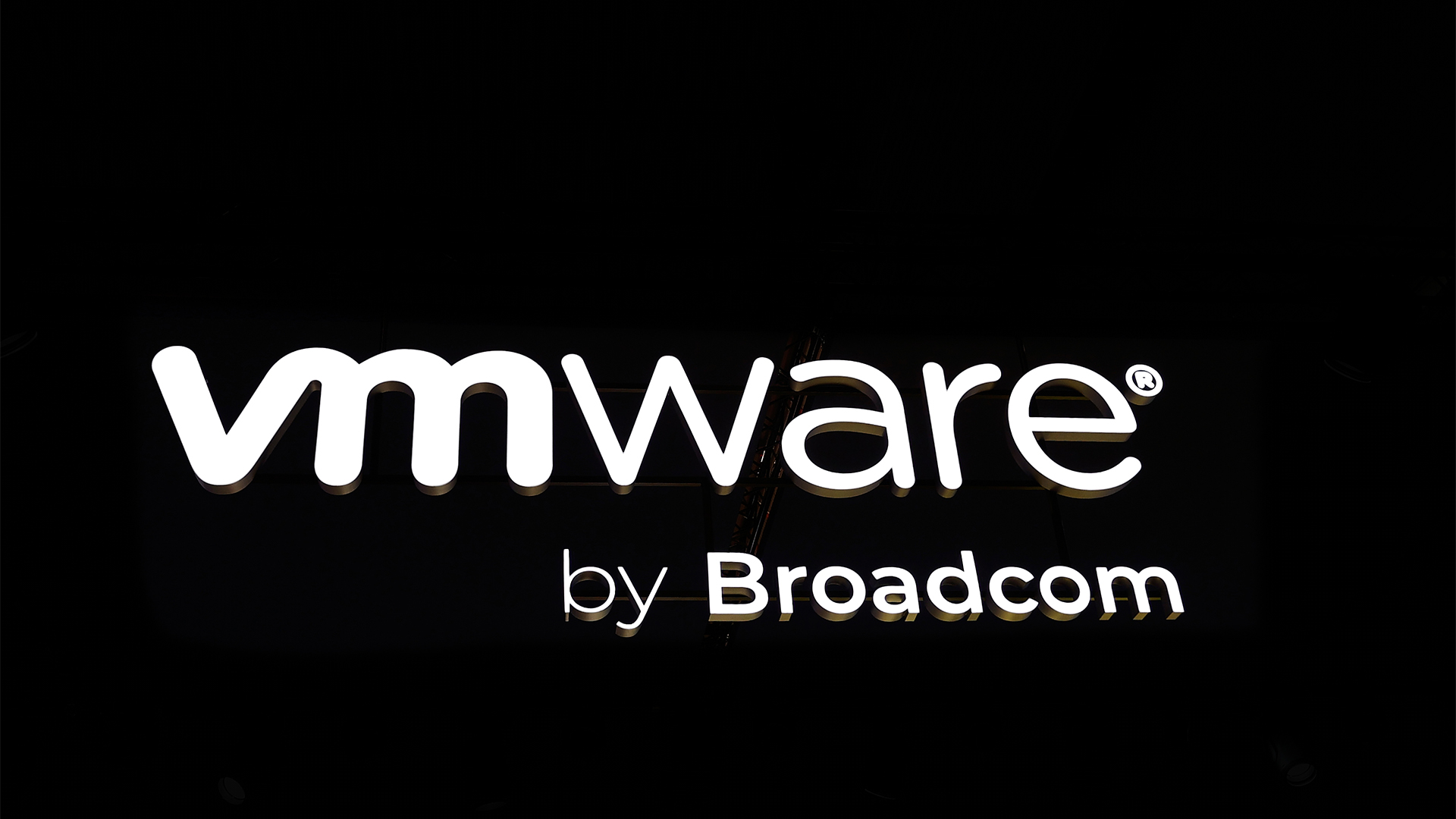RSA and NetApp address cloud computing data privacy
When using a multi-tenancy private or public cloud service, it is essential to ensure access to data and applications is correctly configured and secure.

Compliance and security are two major issues in any IT environment but none more so than in the cloud.
At the IP Expo in London today, RSA Security and NetApp outlined their very different methods of access control in a cloud computing environment.
Julian Wheeler, systems engineering manager at NetApp, said: "The reduced spend of IT departments means that the days when departments had five times the resources they needed are truly over. It is now generally seen that you can't have low utilisation anymore."
The solution, he said, is to have a multi-tenancy data centre with virtualised servers, but this then raised security and privacy concerns.
NetApp believed a unified storage architecture is essential to satisfy the differing requirements of different applications and users.
To offer end-to-end security in the multi-tenancy environment, NetApp has partnered with Cisco and VMware to offer IT as a Service (ITaaS).
Wheeler explained that entrusting security to the storage controller allows each application to be treated as separate entities. Data can be moved or refreshed without having to take the system offline.
Get the ITPro daily newsletter
Sign up today and you will receive a free copy of our Future Focus 2025 report - the leading guidance on AI, cybersecurity and other IT challenges as per 700+ senior executives
"This gives us one vision for a unified, virtual infrastructure which can securely isolate stored resources," Wheeler said. "It also offers savings."
He pointed out the case of Nottinghamshire Healthcare Trust which adopted NetApp's product with deduplication and compression enabled. This allowed them to reclaim 50 per cent of their storage, using 75 per cent less rack space and reduced their cooling requirements by 67 per cent.
"With government cutbacks coming into effect these savings are allowing the Trust to save money without having to make drastic cuts to their services."
RSA Security has also created an end-to-end secured cloud. RSA is part of EMC, so the company's choice of storage partner was obvious - VMware and Cisco who are becoming a common factor with many cloud computing suppliers.
Rashmi Tarbatt, RSA's chief security architect for the EMEA region, said moving to the cloud does not mean scrapping current security practices.
"The difference is that the composite stack of cloud infrastructures offer a better view of what is going on," she explained.
This does have a spin-off effect in that roles of staff have to change.
"People that function historically as network administrators, systems administrators, and suchlike, all come together in a single function. This does not necessarily mean that you only need one person but the correlated view of all that is going on will mean that these roles have to be redefined."
When a policy has been defined, the result is often hundreds of logs so there is a need to decide which logs have priority - which are more important to the business processes. Within the policies, there will also be certain governance, risk management and compliance regulations that need to be applied.
RSA's acquisition of Archer has brought a useful tool, Tarbatt said. The Archer eGRC Suite allows the application of compliance rules to be automated ensuring that everything is standardised.
Though their companies may differ in the detail, both Tarbatt and Wheeler agreed cloud infrastructures are set to free up administrators to concentrate on more pressing issues of how the systems can better serve the business.
-
 Should AI PCs be part of your next hardware refresh?
Should AI PCs be part of your next hardware refresh?AI PCs are fast becoming a business staple and a surefire way to future-proof your business
By Bobby Hellard
-
 Westcon-Comstor and Vectra AI launch brace of new channel initiatives
Westcon-Comstor and Vectra AI launch brace of new channel initiativesNews Westcon-Comstor and Vectra AI have announced the launch of two new channel growth initiatives focused on the managed security service provider (MSSP) space and AWS Marketplace.
By Daniel Todd
-
 Broadcom records huge growth as CEO Hock Tan hails “successful integration” of VMware
Broadcom records huge growth as CEO Hock Tan hails “successful integration” of VMwareAnalysis The VMware acquisition is finally paying dividends for Broadcom
By George Fitzmaurice
-
 Broadcom EMEA CTO claims the company has been able to solve most of its customer issues following VMware acquisition
Broadcom EMEA CTO claims the company has been able to solve most of its customer issues following VMware acquisitionNews Joe Baguley says the firm has been walking customers through license changes and explaining the value of VMware
By George Fitzmaurice
-
 Cloud repatriation may be nipping at hyperscaler market share, but it’s a boon for VMware
Cloud repatriation may be nipping at hyperscaler market share, but it’s a boon for VMwareNews The firm’s private cloud offerings put it in a strong position to aid customers moving workloads out of the public cloud – but repatriation can’t be the only conversation
By George Fitzmaurice
-
 VMware Explore 2024 live: All the news and updates as they happen
VMware Explore 2024 live: All the news and updates as they happenLive Blog ITPro is live on the ground in Barcelona for VMware Explore 2024 – keep tabs on all the news, updates, and announcements in our rolling coverage
By George Fitzmaurice
-
 Pure Storage announces VM assessment service – and it could please beleaguered VMware customers
Pure Storage announces VM assessment service – and it could please beleaguered VMware customersNews The firm unveiled a new tool for managing VM costs as part of its Pure//Accelerate London 2024 event
By George Fitzmaurice
-
 Is a VMware exodus looming? Disgruntled customers are actively seeking alternative providers or exploring open source options in the wake of Broadcom’s acquisition
Is a VMware exodus looming? Disgruntled customers are actively seeking alternative providers or exploring open source options in the wake of Broadcom’s acquisitionNews VMware customers say they are seriously considering alternative providers in light of the turbulence and increasing costs that followed its acquisition by Broadcom
By Solomon Klappholz
-
 Broadcom wants to unlock private cloud’s potential with VMware Cloud Foundation 9
Broadcom wants to unlock private cloud’s potential with VMware Cloud Foundation 9News An emphasis on simplicity matched with improved customer controls underpins the latest VCF improvements
By Rory Bathgate
-
 VMware license changes could spark a wave of data center 'devirtualization'
VMware license changes could spark a wave of data center 'devirtualization'News The increased costs associated with Broadcom’s VMware acquisition is one of the key drivers behind this predicted shift
By George Fitzmaurice